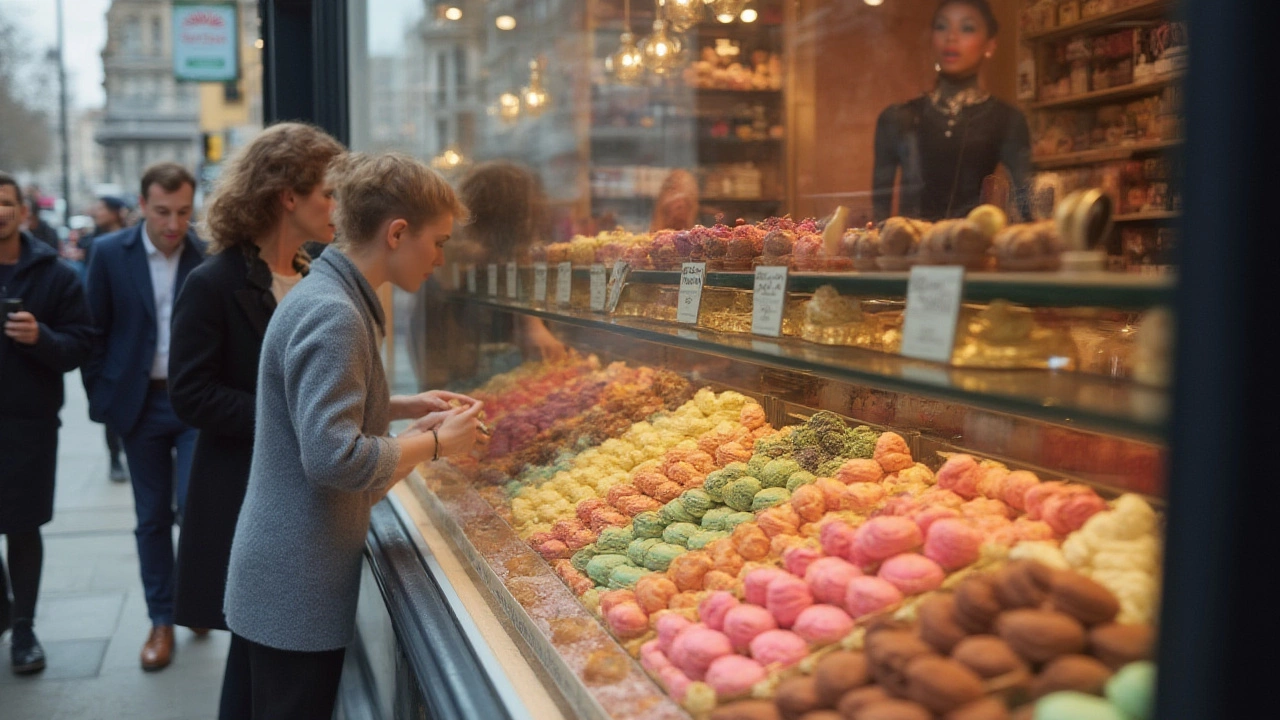
You’d expect that something as light as a macaron wouldn’t weigh so heavily on your wallet. Surprise—they just might. Watching a tray of those delicate, pastel treats glide out at a party feels so effortless. But have you ever actually tried ordering a hundred macarons for a celebration? The price tag will snap you awake faster than a double espresso. Welcome to the sweet, fragile, and often pricey world of macarons—where each tiny bite reflects a fascinating mix of tradition, trend, skill, and economics.
What Goes Into the Cost of Macarons?
Macarons are the divas of the baking world. Looks are deceiving: beneath their smooth, glossy shells and dreamy hues, these cookies need careful craftsmanship. Good macarons need almond flour, powdered sugar, egg whites, granulated sugar, and filling—ingredients that sound simple, but quality matters. Almond flour alone can cost as much as triple the price of wheat flour, and bakeries pay extra for the superfine, non-oily type. Quality fillings—think ganache made with real Belgian chocolate, fruit purees, or silky buttercream—add more dollars per piece.
Then, there’s labor. Baking macarons isn’t just about mixing and baking. The batter must be piped into perfect circles, aired for a precise rest, and baked at the right humidity. Any mistake means flat, cracked, or chewy results—often a whole batch in the trash. Many bakeries toss 10–20% of their production due to imperfections. That waste drives up costs, which get passed to you, the sweet-seeker.
Location brings its twist. Macarons in Paris (where many iconic bakeries date back to the 1800s) typically command less than those in the US or Brazil, since local ingredients are cheaper and the method is more common. In North America, where almond flour imports and skilled labor run higher, the price climbs. And don’t forget rent: bakeries in downtown São Paulo or New York City charge far more than those in rural areas.
Let’s not ignore packaging, either. You’ll rarely see macarons tossed in a bag. Their fragility means custom boxes, inserts, and sometimes hand-tying ribbons—sometimes another $1–$3 per 12-count box. If you’re buying a hundred, expect the packaging to add up fast.
All these factors stack up, making macarons one of the priciest bite-sized treats you can order for a big event.
Current Macaron Prices in 2025: What Are Bakeries Charging?
Pricing varies widely, but 2025 shows some standout trends you’ll want to know before budgeting your next party. In Brazil, the average price for a single artisan macaron in a big city sits between R$5.00 and R$8.00 (about US$1.00 to $1.60). A hundred macarons ordered in bulk from a quality bakery? Expect a rate between R$450 and R$700 for local, handmade pieces. That’s for classic flavors like chocolate, vanilla, pistachio, or raspberry. Go for custom colors, gold leaf, or unusual fillings, and you can see prices as high as R$1,200 per hundred—that’s luxury territory, right up there with wedding cakes per kilo.
In the US, prices are a touch higher. A single macaron usually ranges from $2.25 to $3.50 at a typical bakery in New York or Los Angeles. Many bakeries offer a ‘per cento’ rate: $180–$290 for a hundred plain colored macarons, with an upcharge for packaging or specialty flavors. Some premium patisseries in cities like San Francisco or Miami push their price per hundred to $350–$450, especially for events or corporate orders.
Here’s a quick snapshot of average macaron prices per hundred in 2025, based on where you are and what you want:
| Location | Basic 100 Macarons (Classic) | Premium/Custom 100 Macarons |
|---|---|---|
| Brazil (Sao Paulo, Rio) | R$450–R$700 | R$900–R$1,200 |
| United States (NYC, LA) | $225–$300 | $350–$450 |
| Europe (France, UK) | €130–€220 | €260–€400 |
Supermarket macarons or mass-produced boxes run far cheaper: you can find them for as low as R$2.50 each (or $12 a dozen in the US) at discount stores or Costco. But don’t expect the same texture, flavor, or dazzle—they’re often frozen, chewy, and bland by comparison.
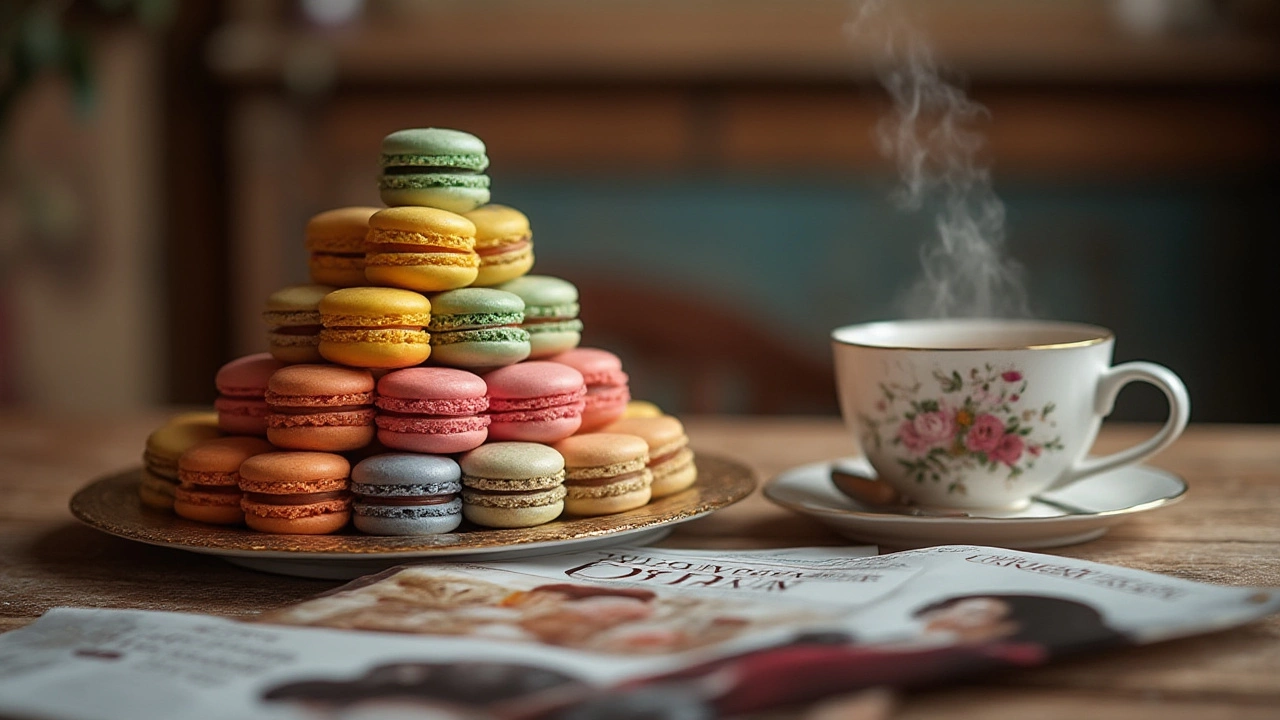
What Influences the Macaron ‘Cento’ Cost?
You know how ordering a hundred macarons is rarely one-size-fits-all? That’s because there are all these sneaky variables that bakers factor in—and some might surprise you. Start with flavors and colors. If you want a rainbow of options, the baker will need to make smaller batches for each hue or filling. That means more cleanup time, more piping, and often a bit more waste. Prepping three basic flavors is cheaper for the kitchen than prepping ten colors and ten fillings. So yes, variety costs extra.
Custom decorations play a big role. Edible gold dust, hand-painted logos, or piped flowers can nearly double the base price by the time you reach a hundred. For weddings and events, bakeries might even charge design fees or setup costs—especially for macaron towers or intricate packaging. Delivery fees are another silent killer: transporting macarons safely, especially in summer heat, is a headache. Some bakeries charge R$50–R$100 in Brazil or $20–$80 in the US for careful delivery inside foam boxes or with dry ice.
Time of year matters, too. Easter, Christmas, and the run-up to Mother’s Day brings a rush; during these weeks, bakeries often have minimum order quantities or surge pricing for all custom jobs—including macarons. Last-minute orders are usually charged more, simply because squeezing you in means rearranging other paid work. If you want fresh macarons at a discount, try a weekday pickup in the off-season.
Dietary restrictions? Vegan, gluten-free, and nut-free recipes nearly always cost extra because of the price of alternative ingredients and specialized production processes. Some small bakeries don’t even offer these options, so you may pay more for a longer hunt or rush shipping.
For packaging, plain white boxes are basic, but if you want custom prints with your logo, party theme, or ribbons for each box, expect an extra R$60–R$150 per hundred in Brazil or $25–$100 in the US.
Tips to Save—and Splurge—When Ordering a Hundred Macarons
If you’re not careful, 100 macarons can swallow up your party budget. But a few smart moves can help you snag a better deal or ensure your splurge truly stands out. Here are some hands-on tips I’ve picked up from bakery owners, event planners, and fellow sweets fans over the years:
- Buy in bulk, but keep flavors simple. Opt for 2–3 flavors per hundred macarons. The baker won’t have to prep lots of batches, and this usually knocks 10–20% off the premium for variety.
- Order ahead. The earlier you place your order, the more likely you’ll beat surge pricing. Aim for at least 10–14 days in advance, especially around holidays or wedding season.
- Pick up yourself if you can. You’ll save on delivery and ensure the macarons arrive unshaken. Ask your bakery about their packaging method, so you bring them home safe.
- If it’s for a wedding or big event, ask about display rental. Many patisseries rent gorgeous macaron towers or acrylic stands cheaply with your order—you’ll get those Insta-worthy photos without a huge investment.
- Get creative with packaging. Some local bakeries will let you provide your own boxes or bags; this is usually cheaper and can match your event theme.
- Balance priorities. If aesthetics matter more than flavor for your event, choose vibrant shells but stick to basic fillings to save. Reverse it if flavor is your main goal.
- If you want macaron price as low as possible, consider mass-produced options for casual events. But always taste-test first—many frozen macarons lack the crunchy shell and chewy center true fans crave.
An extra trick? Check for small batch bakers on Instagram. Many sell to friends and regulars at a lower rate than brick-and-mortar stores, especially if you’re picking them up locally. The catch is getting what’s available, not custom everything—but your wallet will thank you.
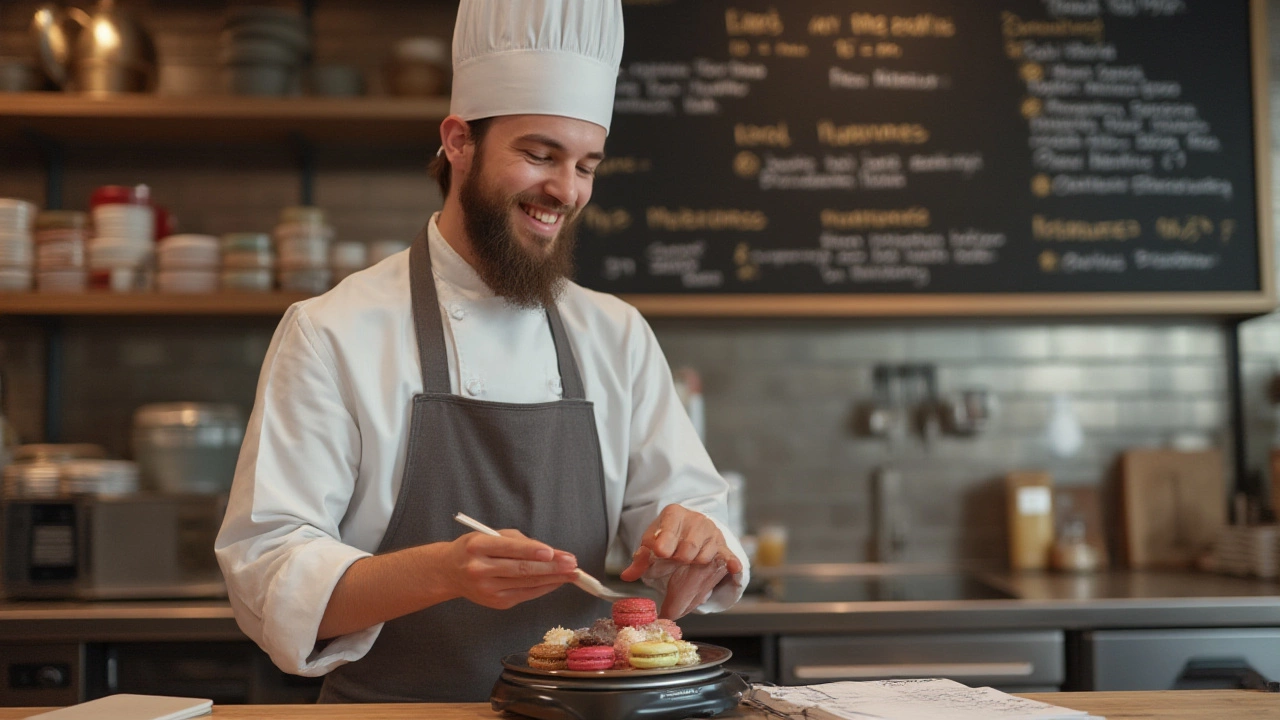
Macarons vs. Other Event Sweets: Are They Worth the Splurge?
This is a serious question, and it divides dessert tables everywhere. Why shell out as much for a hundred macarons as you might for a full cake or hundreds of cookies? It comes down to three big things: presentation, variety, and tradition.
Macarons look stunning in bulk. Line up a rainbow of pastels or gold-dusted towers—everyone grabs their phones. Macarons cater to adults and kids because each piece can pack different flavors: coffee, pistachio, dark chocolate, lemon, salted caramel, and beyond. Compare that to plain brigadeiros, brownies, or cookies, and you’ll see why the French classic has taken over weddings and baptisms from São Paulo to Miami.
That being said, a hundred macarons may not be for every budget or crowd. Vintage Brazilian sweets like beijinho or classic American cupcakes can feed more for less. But if you want the ‘wow’ effect in a dessert table photo—and the real thing to taste as good as it looks—a batch of expertly crafted macarons still holds a special place.
For real-life numbers, event planners in 2025 report that a typical birthday party or wedding in São Paulo now includes at least 40% of sweets as macarons, even outpacing traditional confections. In the US, macarons now outsell cupcakes at luxury bakeries by 12% per year.
Just know what you’re paying for: not just sugar, eggs, and almond flour, but hours of artistry, packaging, and love.


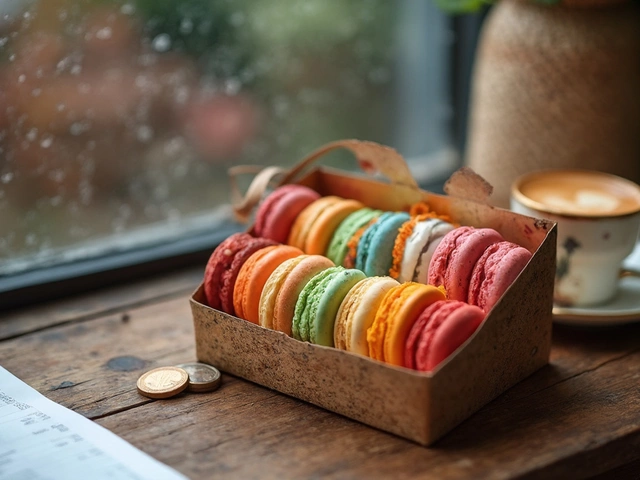
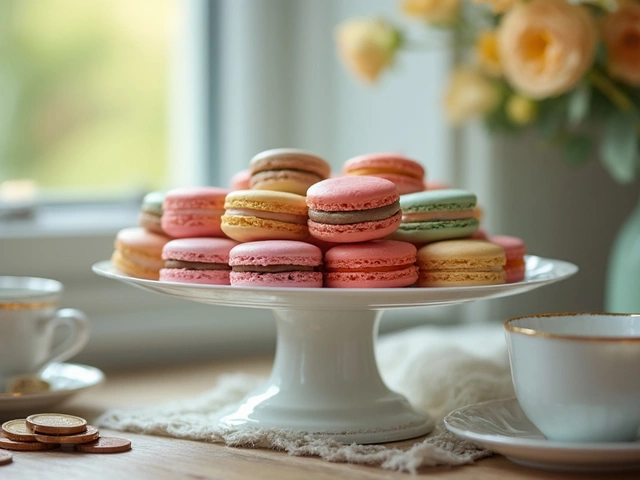
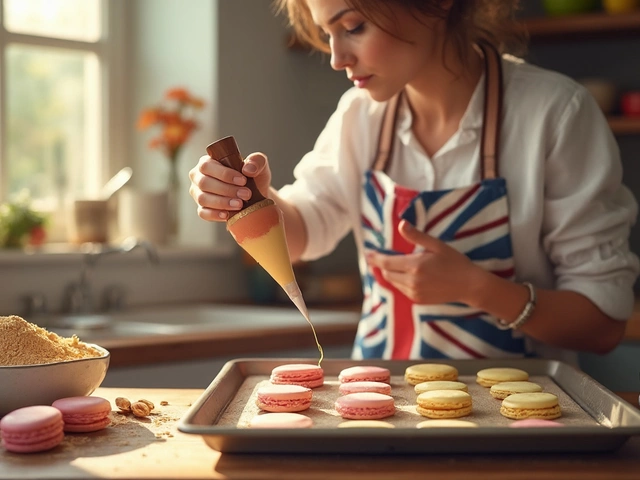
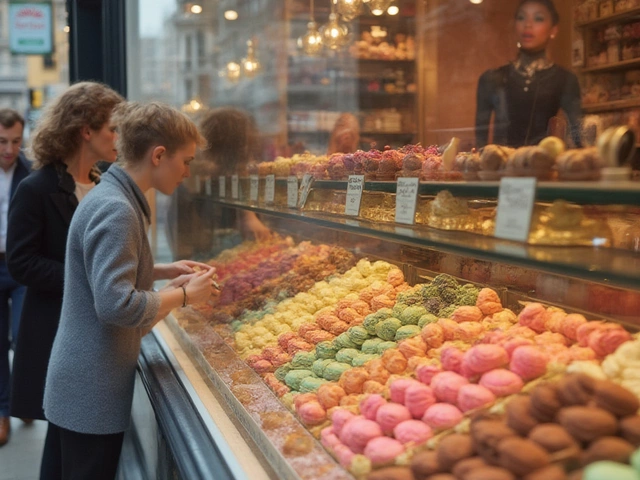
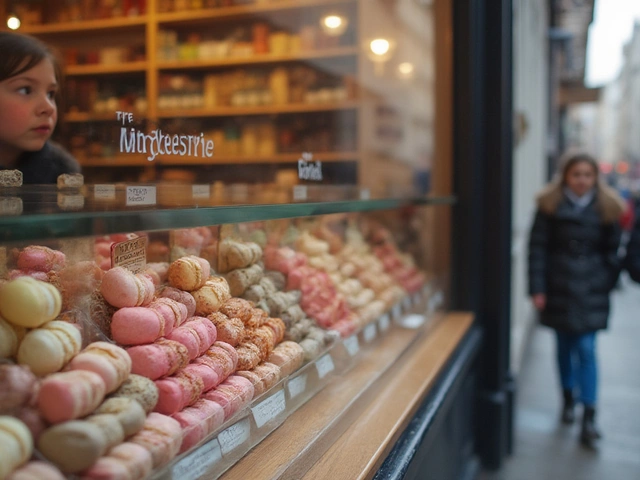
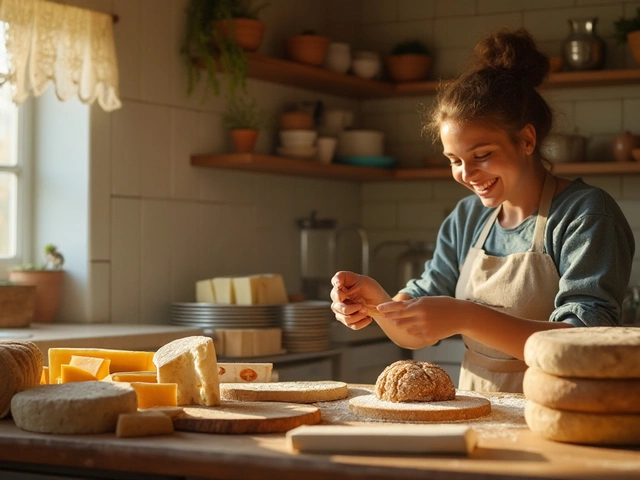
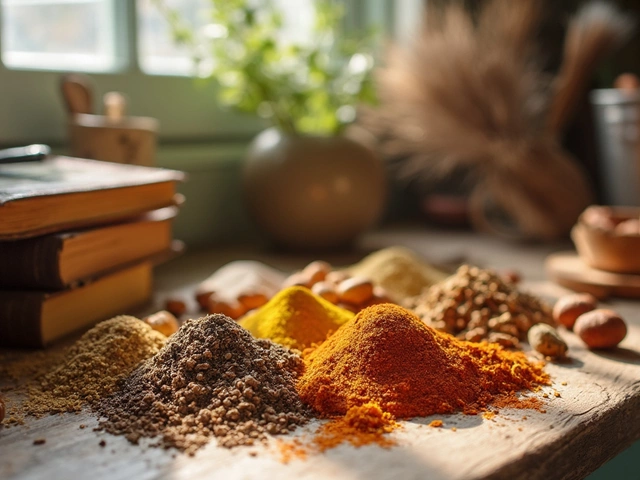
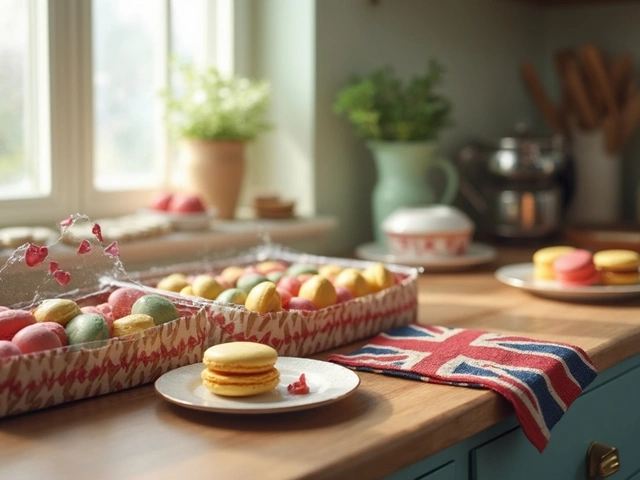
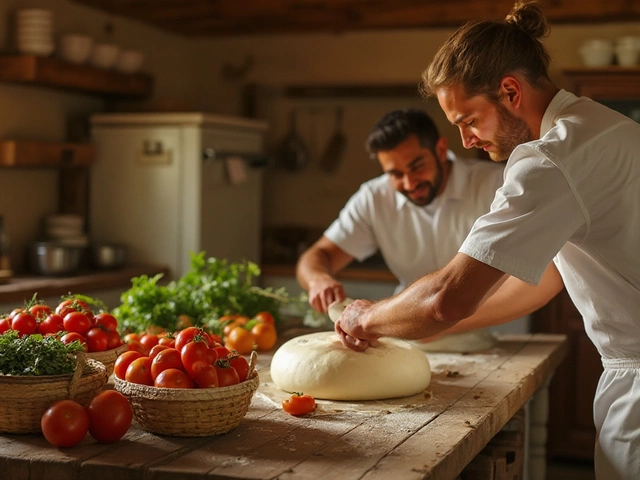
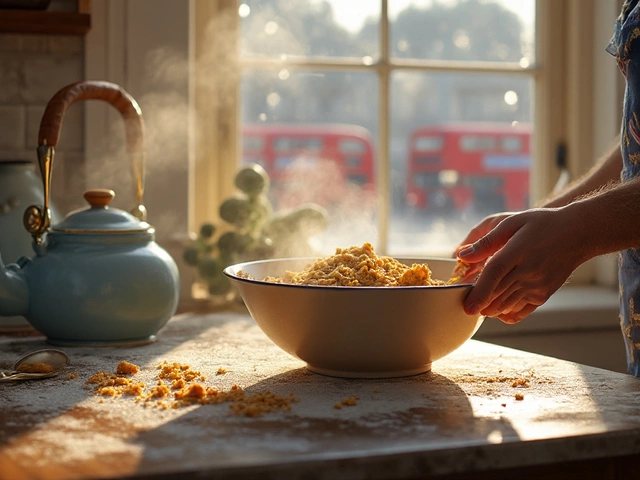
Write a comment